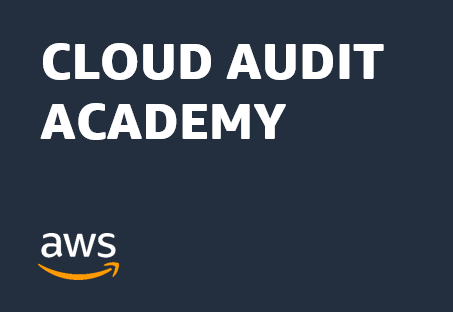Security Learning
Why AWS?
Security in the cloud is similar to security in your on-premises data centers — only without the costs of maintaining facilities and hardware. In the cloud, you don’t have to manage physical servers or storage devices. Instead, you use software-based security tools to monitor and protect the flow of information into and of out of your cloud resources. For this reason, cloud security is a Shared Responsibility between the customer and AWS, where customers are responsible for “security in the cloud” and AWS is responsible for “security of the cloud.”
The AWS cloud allows you to scale and innovate while maintaining a secure environment. As an AWS customer, you will benefit from data centers and network architecture designed to meet the requirements of the most security-sensitive organizations. AWS infrastructure is custom-built for the cloud and is monitored 24x7 to help protect the confidentiality, integrity, and availability of our customers’ data. Browse this page to learn more about key topics, areas of research, and training opportunities for cloud security on AWS.
Use Cases
Security Documentations
Security is a key component of your decision to use the cloud. This documentation can help your organization get in-depth information about both the built-in and the configurable security of AWS services. This information goes beyond “how-to” and can help developers — as well as Security, Risk Management, Compliance, and Product teams — assess a service prior to use, determine how to use a service securely, and get updated information as new features are released. To learn more about how customers use security documentation, read the AWS Security blog post.
Training
Organizations need individuals with deep security knowledge to help protect their business. AWS training courses enable you to build the skillset you need to meet your security and compliance objectives. With a variety of content and training materials curated by experts at AWS, you can stay up-to-date with evolving best practices and security trends in the industry — whether you’re new to the cloud or “all-in” on AWS.
Cloud Audit Academy
Cloud Audit Academy (CAA) is an AWS Security Auditing Learning Path designed for those that are in auditing, risk, and compliance roles and are involved in assessing regulated workloads in the cloud. The CAA curriculum dives into cloud-specific audit considerations and AWS best practices for security auditing aligned to global industry security and compliance frameworks.

Other Suggested Training

AWS Security Control Domains
Whitepapers, Technical Guides, and Reference Materials
AWS security specialists leverage their first-hand experience to craft technical content that helps expand your knowledge of cloud security. These whitepapers, guides, and reference materials cover best practices for leading trends in the industry, including incident response, compliance in the cloud, and privacy considerations. Peruse the technical content library below to find guidance on how to securely build your future on AWS. You can also visit the AWS Architecture Center to see more best practices for security, identity, and compliance.
